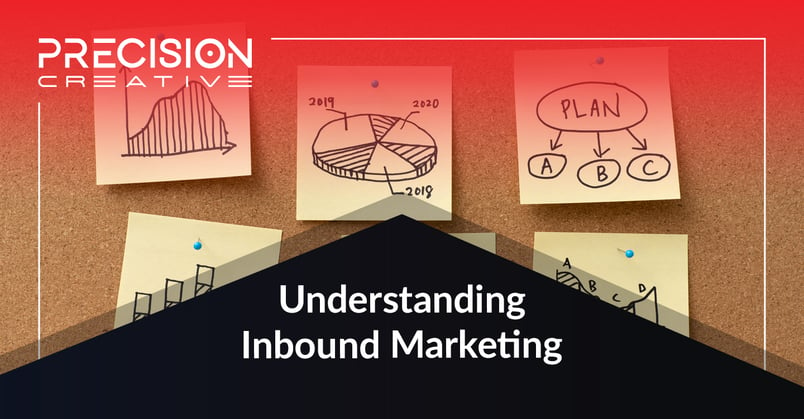Understanding Inbound Marketing
As we've said in previous blog posts, there are a lot of moving pieces when it comes to the world of digital marketing. We've discussed topics such as SEO ranking, email marketing, and even ad extensions. But we've never taken the time to discuss the different forms of marketing. When it comes to marketing with the intent of attracting new consumers, there are two types of marketing: inbound marketing and outbound marketing. Outbound marketing is the process of attracting new users through the use of traditional paid media such as TV advertisements, billboards, and even radio ads. Inbound marketing is the opposite of this strategy. Inbound marketing is where you drive users to your website instead of advertisements pertaining to your product or service.
Inbound marketing consists of components such as blog posts, SEO ranking, and even email newsletters. This is when marketers focus on creating content that pulls new users and consumers into your business or brand. Pieces of inbound marketing are usually more informative and extensive than pieces of outbound marketing. The entire goal of inbound marketing is to guide new users and consumers to your business or company. Like outbound marketing, inbound marketing utilizes a variety of forms of pull marketing. Here's everything you need to know about inbound marketing and how to use it.

Using Inbound Marketing
Like other forms of marketing, there is a variety of moving components when it comes to inbound marketing. There are a few steps that any marketer should take before executing an inbound marketing strategy. The first of these steps involves you deciding your business goals and expectations as well as the buyer personas you wish to reach. This first step allows you to create concrete plans and realistic goals to help you measure the success or failure of your inbound marketing strategy.
The next step in any inbound marketing strategy is to develop new and compelling content. This can be anything from informational videos to playful blog posts, as long as it is content that attracts users and consumers while also being SEO friendly. When you create and develop these pieces of content, it's essential to have your businesses' brand and image in mind in order to stay true to your business ideology and what you stand for.
Now it's time to pick the platforms and outlets you want to use to execute your inbound marketing strategy. This can be anything from your own personal website to social media outlets such as Twitter, Instagram, Facebook, and even Snapchat. It's important to understand the primary audiences of these platforms before publishing any of your content to these pages.
Finally, whenever executing any form of marketing strategy, it's essential to measure the success or failure of your strategy through analyzing software. Using metrics such as clicks per page, SEO ranking, and even conversion rate can help you measure the success of your inbound marketing strategy. It's important to take some time out of your week to analyze and study specific metrics pertaining to your inbound marketing strategy.
Growing With Precision
Don't let your site's traffic fall. Contact us today to learn all about inbound marketing with a website that's is Powered by Precision!